Occupation MechanicTruck driver Name Bradley Murdoch | ||
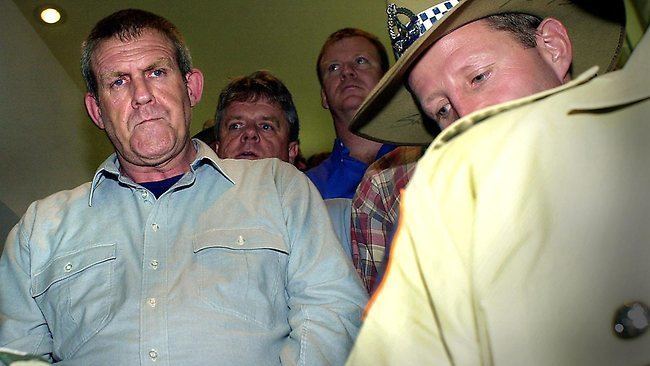 | ||
Similar People Peter Falconio, Joanne Lees, Andrew Fraser, Rex Wild, Douglas Crabbe | ||
A brief look at Murdoch and Falconio
Bradley John Murdoch (born 19 February 1958) is an Australian criminal serving life imprisonment for the July 2001 murder of English backpacker Peter Falconio in Australia. He will be 74 when eligible for parole in 2032. Murdoch is being held in Darwin Correctional Centre in Darwin, Northern Territory. He has lodged two appeals against his conviction; both were unsuccessful. The High Court of Australia refused special leave to appeal on 21 June 2007. He is forbidden to talk to the press.
Contents
- A brief look at Murdoch and Falconio
- Early life
- Previous arrests and convictions
- Peter Falconio murder
- Appeals
- Location of Peter Falconios body
- Campaigners
- References
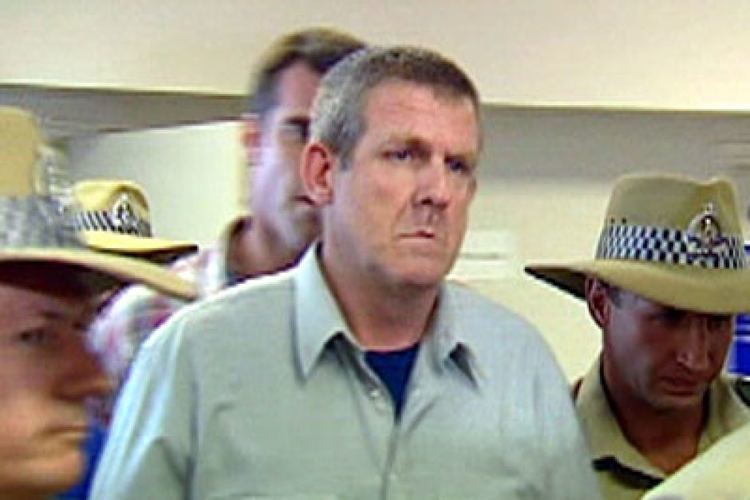
Early life
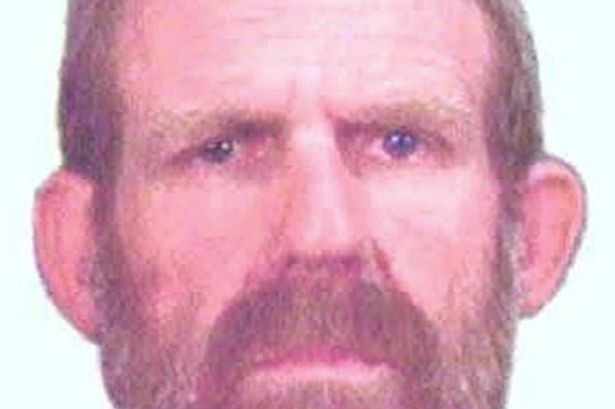
Murdoch had previously lived in Broome, Western Australia and worked as a truck driver and mechanic. He also admitted in court to smuggling large amounts of cannabis.
Previous arrests and convictions
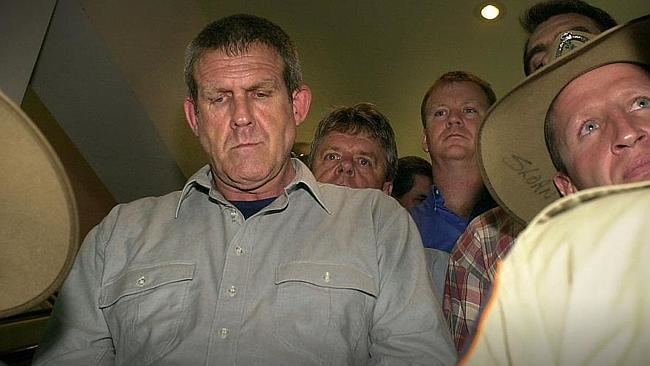
Peter Falconio murder
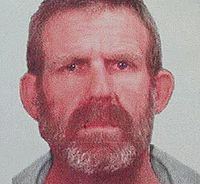
Shortly after his acquittal for unrelated rape and abduction charges, Murdoch was arrested in 2003 and charged with the murder of Peter Falconio on a remote part of the Stuart Highway near Barrow Creek on 14 July 2001.
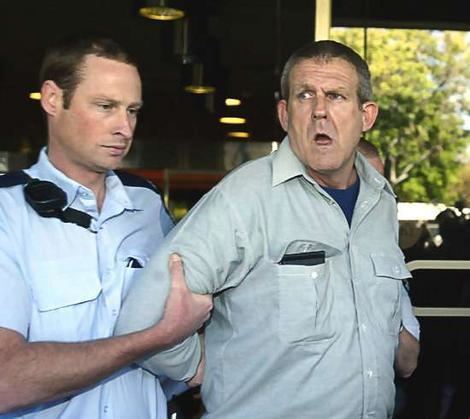
The case of the Queen vs Bradley John Murdoch was heard before the Supreme Court of the Northern Territory in Darwin. The judge was Brian Ross Martin QC, Chief Justice of the Northern Territory.
The trial began on 17 October 2005. Murdoch pleaded not guilty to charges of murdering Falconio and assaulting and attempting to kidnap his girlfriend Joanne Lees.
A sample of his DNA was found on Joanne Lees' T-shirt and was shown to be "150 quadrillion times more likely [to] belong to Murdoch" than anyone else.
Eyewitnesses claimed they had seen Falconio at a petrol station, a week after he went missing. Prosecutor Rex Wild, QC, dismissed these claims, arguing that each account gave conflicting information, in particular there were inconsistencies about the man's hair colour. He pointed out that the police had followed up various eye witness accounts, all of which had proven fruitless.
Murdoch was convicted on 13 December 2005 for Falconio's murder. He was sentenced to life imprisonment with a non-parole period of 28 years. Murdoch was also convicted of other assault-related charges on Joanne Lees.
Falconio's body has never been found "despite one of the most exhaustive police investigations ever seen in Australia". However the police found traces of his DNA on a pair of homemade handcuffs that Murdoch had used in the attack.
Appeals
On 12 December 2006, Murdoch appealed against his life sentence in the Supreme Court. His lawyers lodged eight grounds of appeal. Murdoch claimed the evidence of Lees was tainted because she had seen a photograph of him on the internet before she was interviewed by police, as well as an article linking him to the murder.
The appeal was dismissed on 10 January 2007. An appeal to the High Court was unsuccessful.
He launched an appeal to the Northern Territory criminal court of appeal in 2013.
Location of Peter Falconio's body
The location of Peter Falconio's body remains a mystery. However, in mid-August 2007, some sections of the Australian media speculated that Murdoch might soon reveal the whereabouts of Falconio's remains. Specifically, the press mentioned that Murdoch did not enjoy the conditions of the Berrimah Prison, on the outskirts of Darwin and might reveal the location of Falconio's body in exchange for a transfer to a prison in Western Australia, given that all avenues of appeal had been exhausted.
Campaigners
Author Dr Keith Allan Noble, insists Murdoch is innocent and offers a reward of £25,000 to anyone who can prove that Falconio is still alive. His book Find! Falconio outlines what he describes as "the show trial in which the jury was lied to and pressure-cooked resulting in a shocking miscarriage of justice". Noble has also written on the Port Arthur Massacre and his views have been described by several journalists as conspiracy theories.
